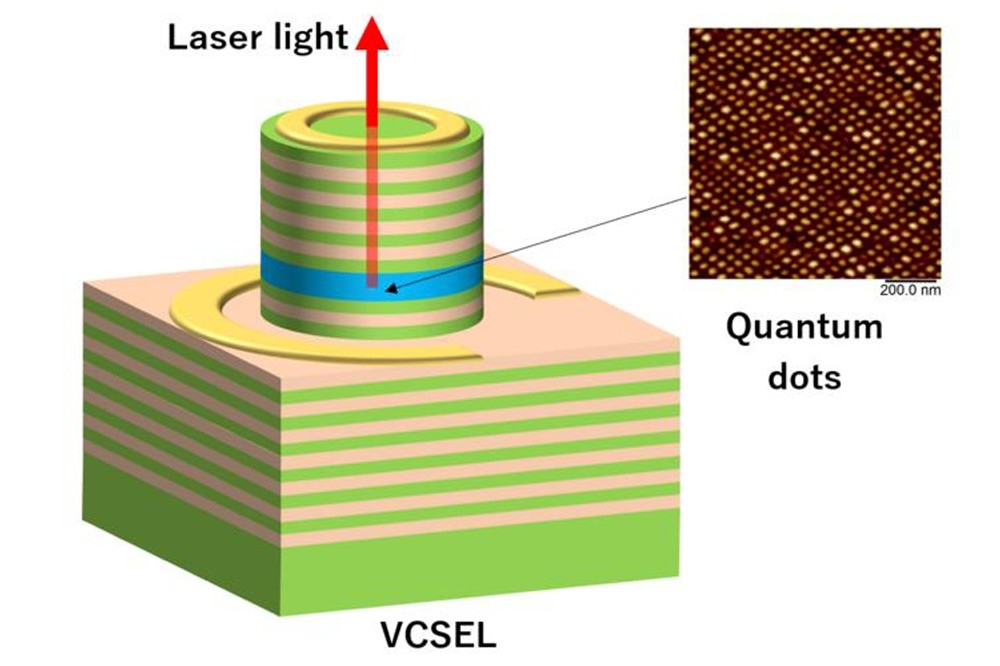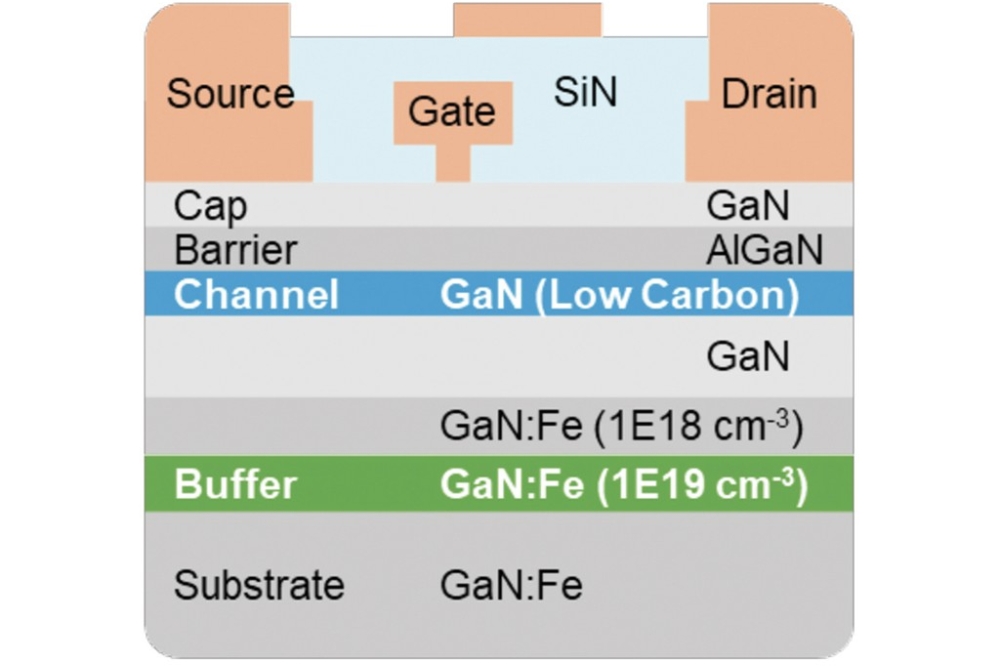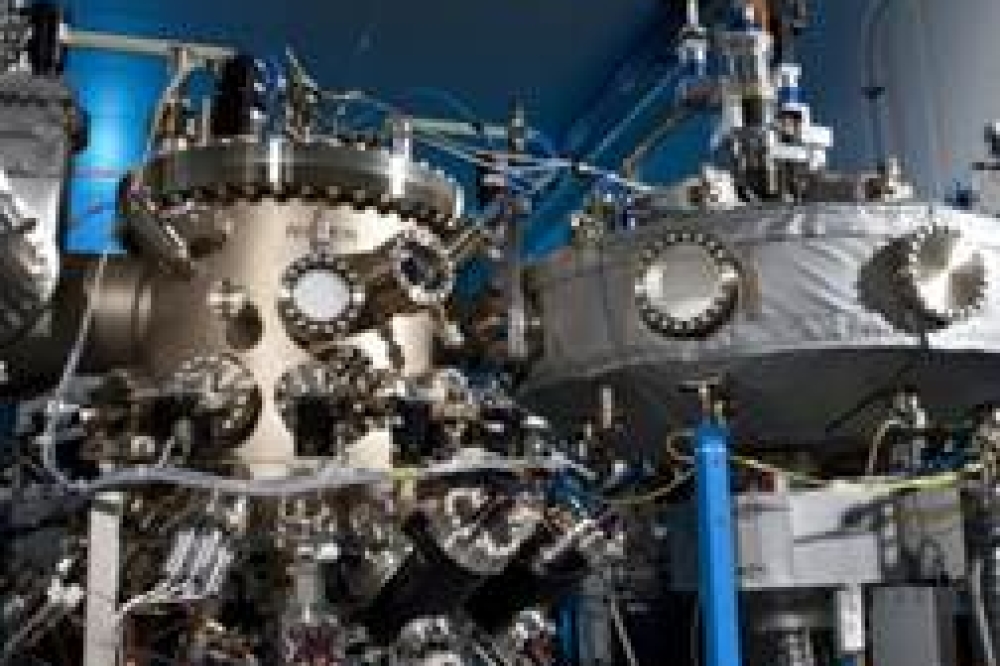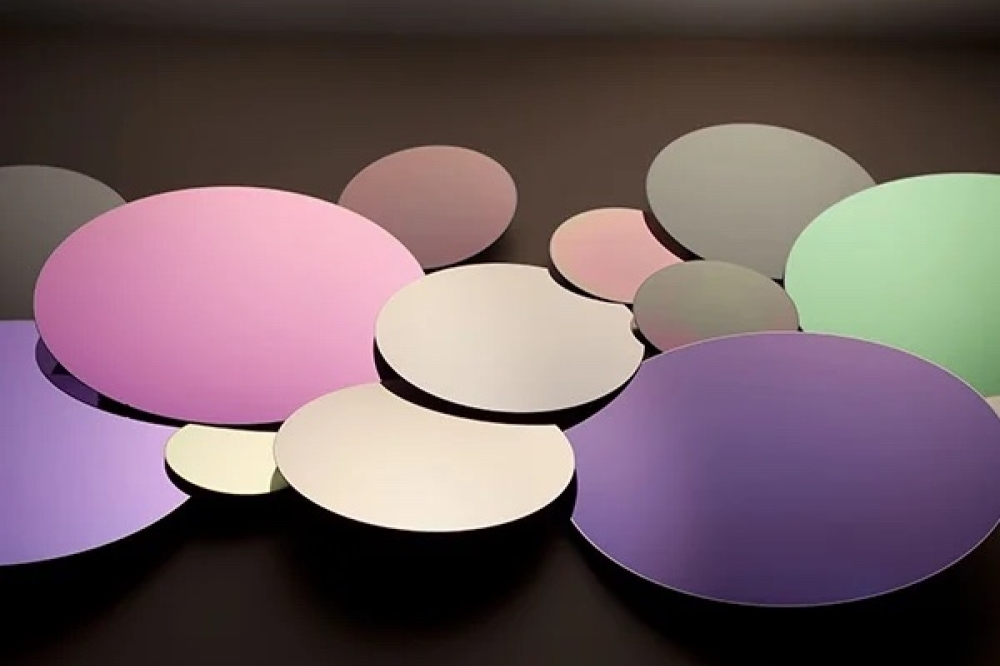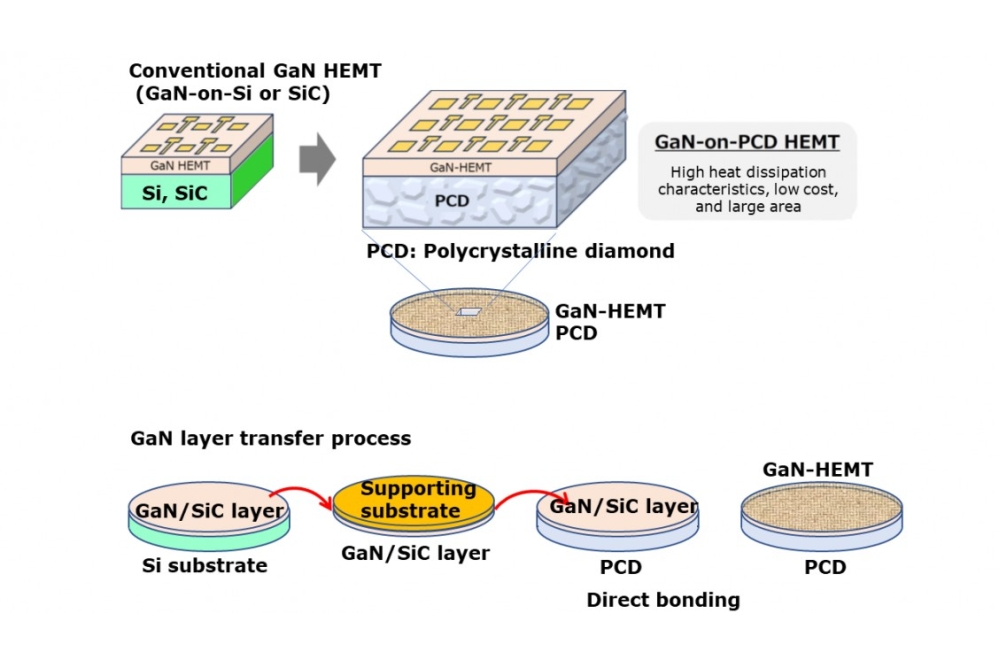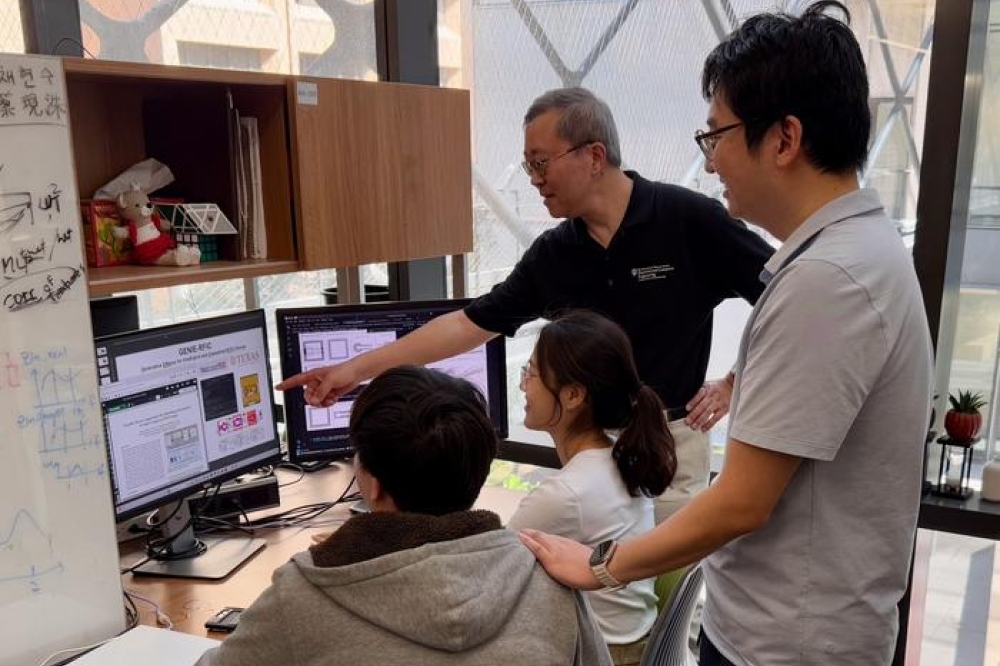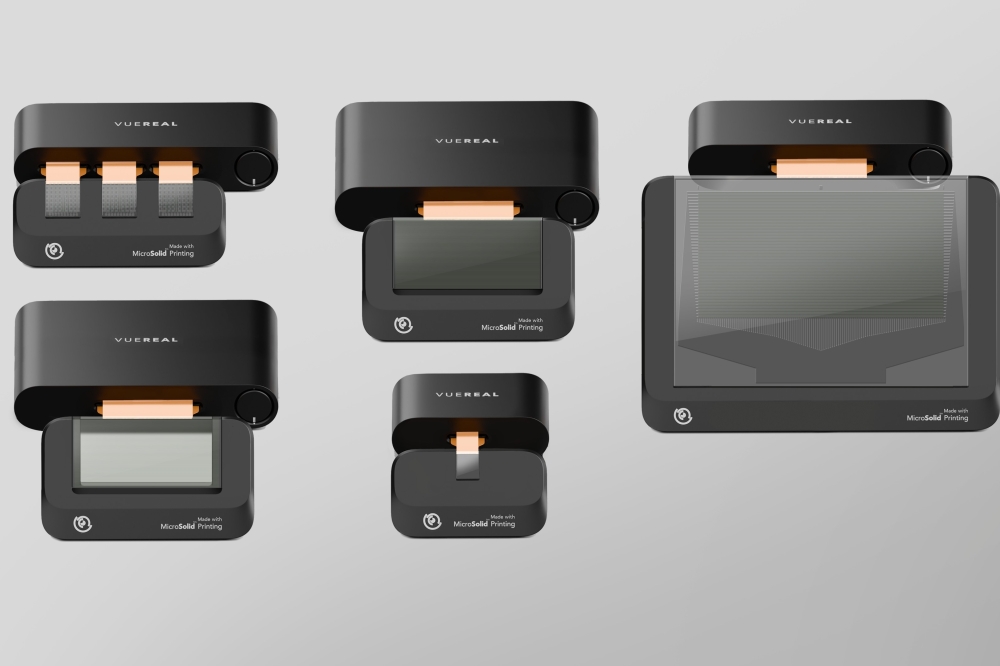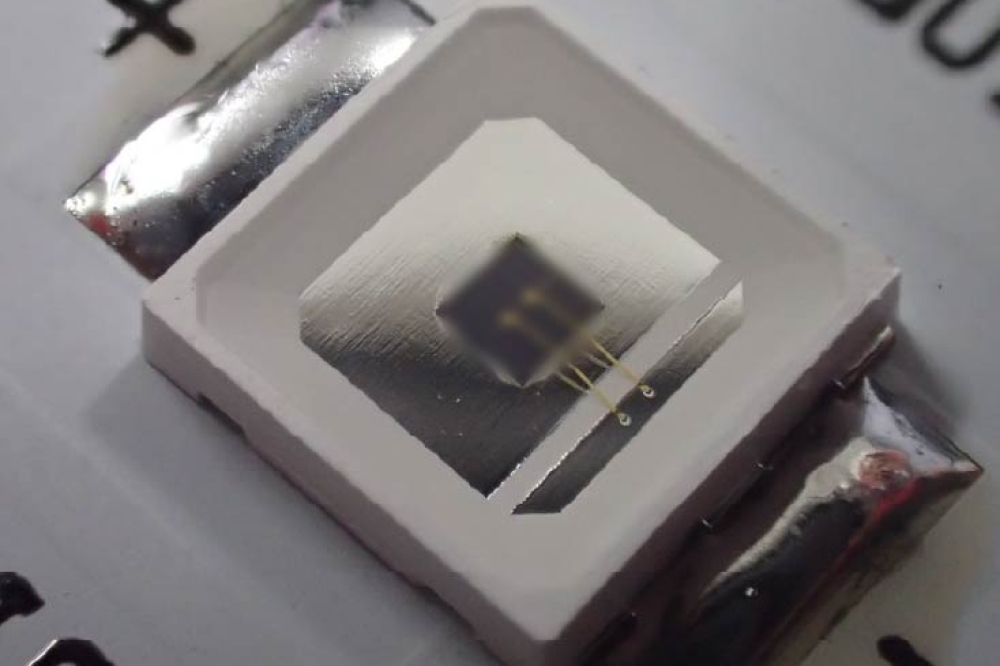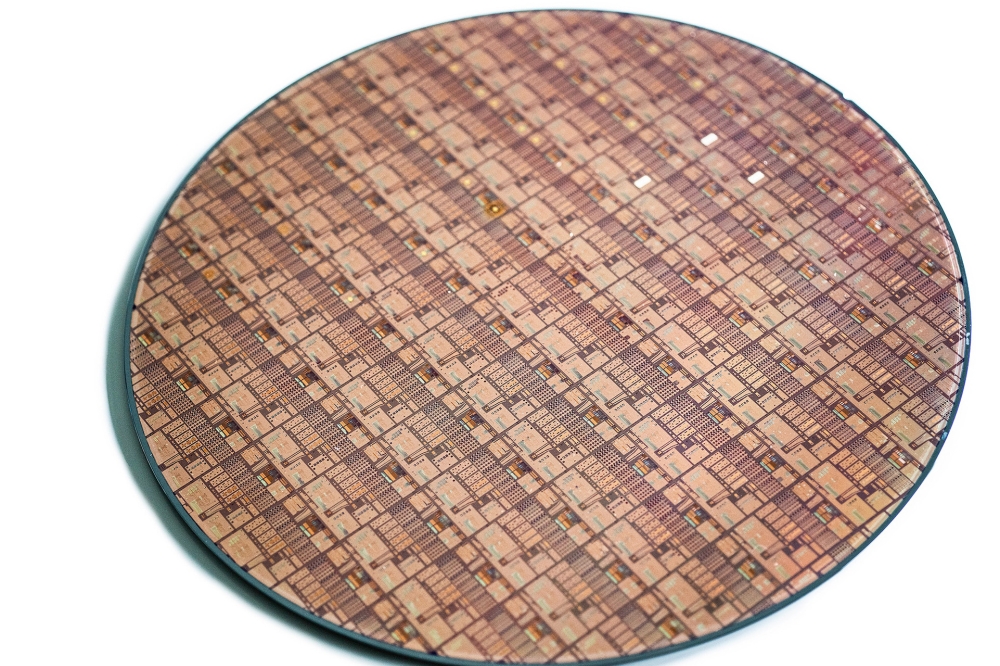Luminus LEDs target medical and life science applications
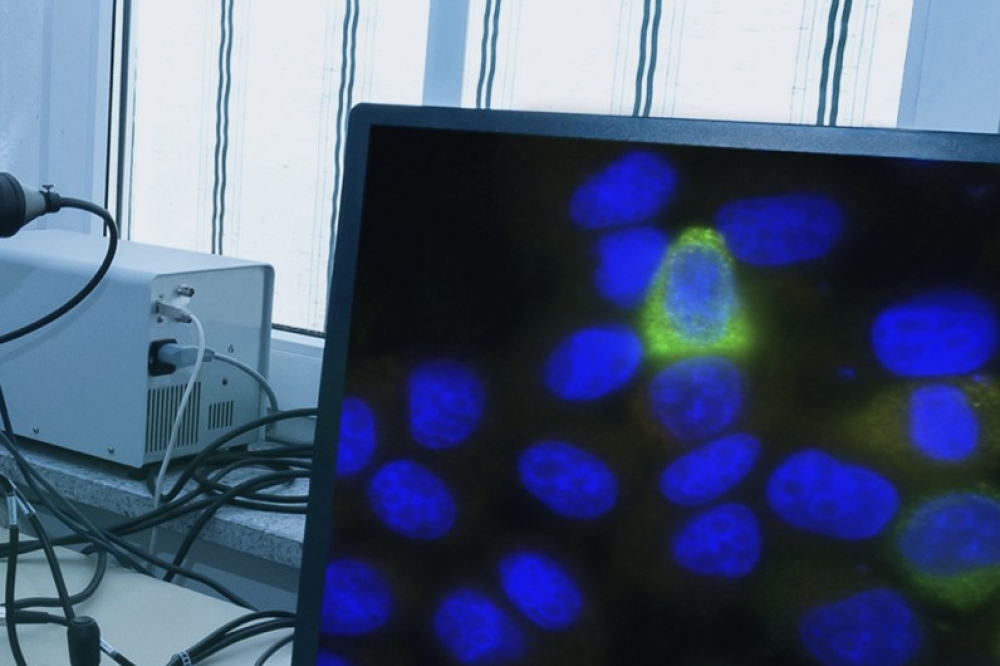
Luminus Devices has launched its new CFT-50X Series, a range line of high-performance LEDs designed for medical, life sciences, and industrial applications.
The new series offers devices spanning UVA (405 nm) to Red (638 nm), meeting the requirements of medical endoscopy, biophotonic , fluorescence microscopy and machine vision markets.
"The CFT-50X Series represents a significant advancement in LED technology for critical applications that require high optical power, precise spectrums, and exceptional reliability," said Yves Bertic, senior business line director at Luminus. "Designed with a long product lifecycle of over 10 years, these LEDs deliver the consistent performance and durability that medical and industrial applications demand."
Ten spectrums are currently available and specifically tailored to excite most of the fluorophores/dyes used in life science and research markets. New spectrums, especially in the deep red and near infrared regions, will be added in the coming quarters.
The range also has an optimised coupling design: 5mm² square emission area for optimal coupling into 2-4mm diameter fibre bundles, with monolithic emission area for efficient coupling in smaller fibres
High drive current operation goes up to 4A/mm² DC and 6A/mm² in pulsed mode with excellent peak wavelength stability over current and temperature variations, according to the company.
The product line includes specialised variants for different applications, including UV (405-415 nm), Deep Blue (440 nm), Blue (460 nm), Sky Blue (470 nm), Green Display (528 nm), Green Medical (560 nm), Amber (600 nm), and Red (632 nm). The series also features white light options with both standard (65 CRI) and high colour rendering (92 CRI) capabilities.
All CFT-50X Series products share a common thermally-efficient compact footprint (26.50mm x 18.00mm) and feature an automotive-grade 10-pin connector with high current carrying capability and lock-in design, simplifying integration into existing and new system designs.












